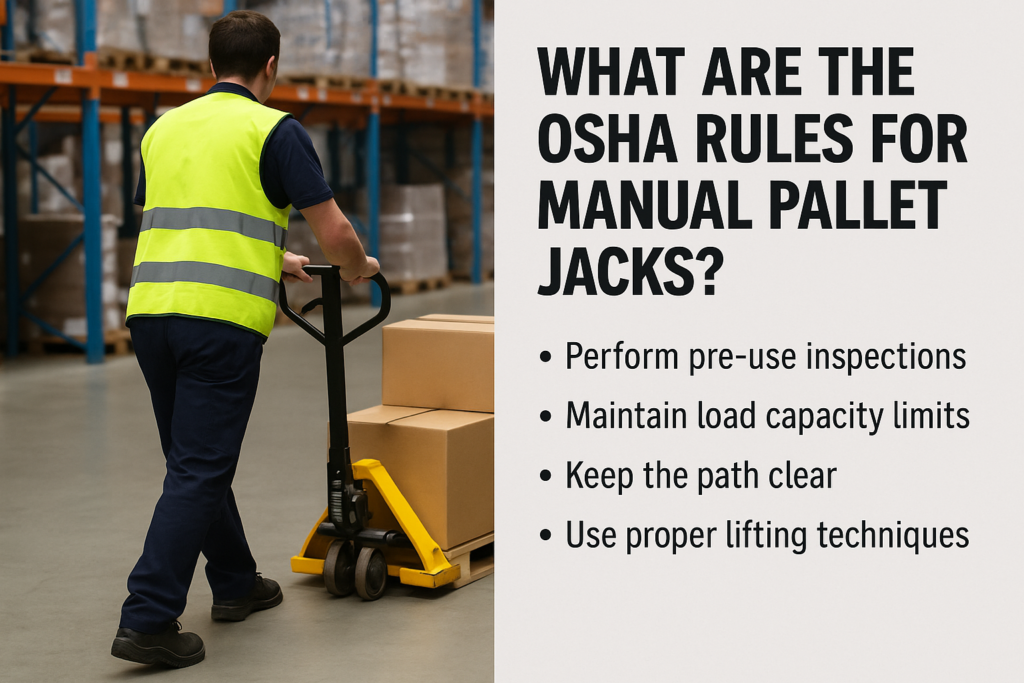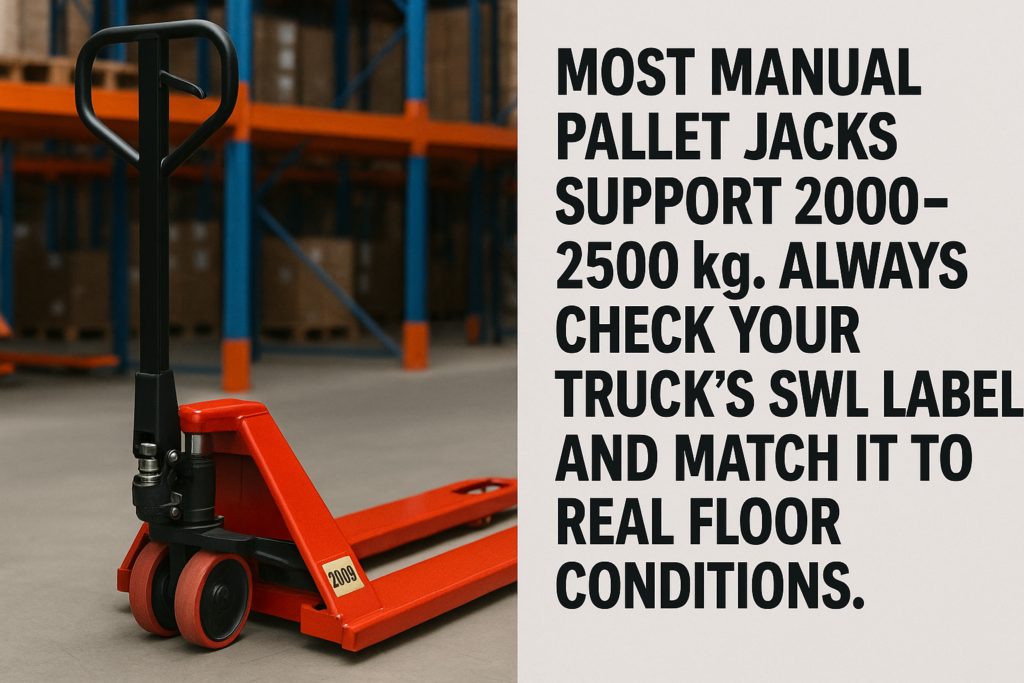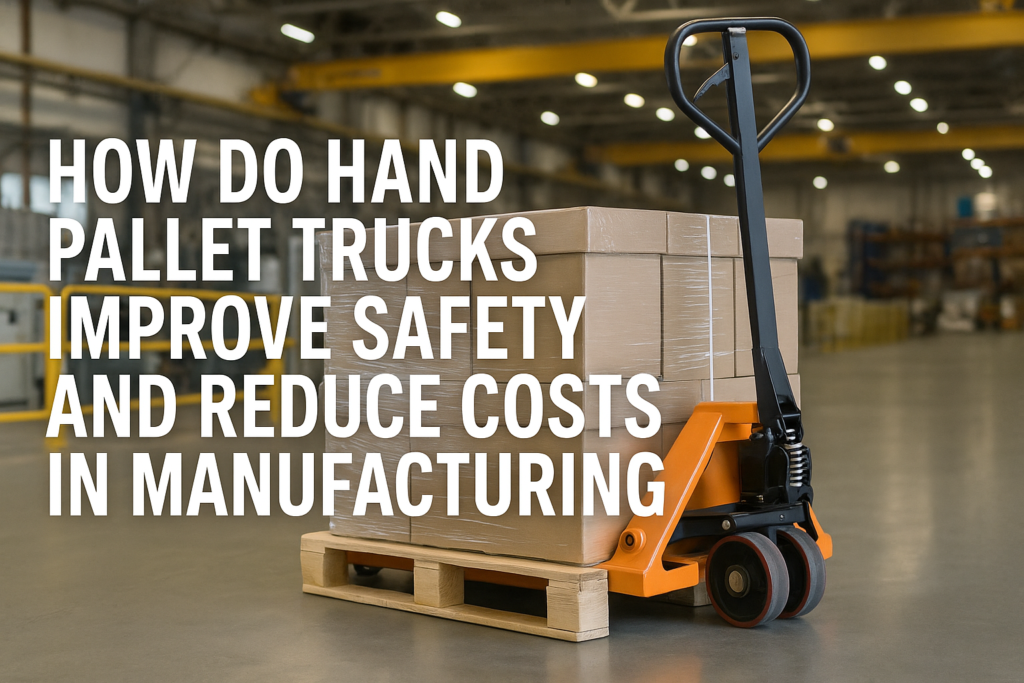Unsafe lifting tools slow production and raise accident risks. I’ve seen small errors lead to big costs in my plant.
Ergonomic hand pallet trucks reduce injuries, lower fatigue, and improve load handling. With the right training and specs, they prevent strain, avoid tipping, and boost safe transport across manufacturing floors.
Here’s how I helped our factory cut back injury reports and maintenance downtime—without expensive automation upgrades.
[Table of contents]
- What are the safety precautions for pallet trucks?
- What are the OSHA rules for manual pallet jacks?
- How do you secure a pallet in a truck?
- What is the safe working load of a hand pallet truck?
What are the safety precautions for pallet trucks?
Safety rules don’t slow things down—they keep the whole system running.
Inspect the pallet jack, position forks fully, and never overload it. Keep your back straight and path clear to avoid ergonomic injuries.

We partnered with IVITAL to build out a checklist that works for real-world teams—not just for audits. Based on ISO 11228-1, here’s how we embedded better safety:
Daily Use Protocol
- Check fork tips for damage
- Test handle control before use
- Park with handle raised to avoid trip hazards
IVITAL’s ergonomic hand pallet trucks come with angled handles, which help operators keep a straight wrist posture—this reduces wrist stress during long shifts.
What are the OSHA rules for manual pallet jacks?
I assumed OSHA didn’t care about manual jacks—until a random inspection proved otherwise.
OSHA doesn’t require certification for manual jacks but recommends training on safe loading, inspection, and operating speeds.

We used IVITAL’s supplier workshop to train all shift leads. Their hoist and rigging background really helped our crew understand why small details—like wheel inspections—matter. Here’s what we now follow:
| OSHA Safety Element | Our Applied Practice |
|---|---|
| Visual inspection before use | Included in daily warm-up checks |
| Load distribution awareness | Pallets must align with floor markings |
| Travel speed limits | Signs posted in all corners and ramps |
The point isn’t just passing audits—it’s helping your team feel in control.
How do you secure a pallet in a truck?
We once lost an entire crate of machined parts because we stacked it wrong.
Secure pallets by loading evenly, using proper stacking patterns, and ensuring tight binding for transport.

With guidance from IVITAL’s field tech, we set up training around pallet stacking—and it worked better than we expected.
Stack & Secure Best Practices
- Use corner guards to stabilize soft goods
- Stretch-wrap top-down in a crisscross pattern
- Double-check that pallet overhang doesn’t exceed fork width
IVITAL’s manual pallet jack models allow smooth fork entry under heavier loads thanks to tapered ends and polyurethane rollers—this helped reduce impacts and damage during handling.
What is the safe working load of a hand pallet truck?
Lifting “just one extra” can be what breaks a jack—or a back.
Most manual pallet jacks support 2000–2500 kg. Always check your truck’s SWL label and match it to real floor conditions.

We tracked every load for a month using IVITAL’s load monitoring guide. Here’s what we found:
| Pallet Type | Avg. Weight | Recommended SWL |
|---|---|---|
| Metal scrap bins | 1900 kg | 2500 kg |
| Large motor casings | 1600 kg | 2500 kg |
| Assembled gearboxes | 800 kg | 1500 kg |
By switching to IVITAL’s heavy-duty G80-rated pallet jack, we avoided 3 breakdowns in a single quarter. Bonus: it works across both concrete and steel grid flooring.
Conclusion
Ergonomic pallet trucks keep work safer, faster, and cheaper—every shift.



